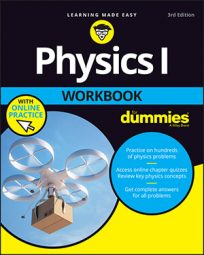Newton’s Third Law of Motion is a famous one: “Whenever one body exerts a force on a second body, the second body exerts an oppositely directed force of equal magnitude on the first body.” If that doesn’t ring a bell, try this on for size: “For every action, there is an equal and opposite reaction.”
Put simply, this law of motion says that if your car pushes against Earth, then Earth pushes back against your car with the same amount of force. Similarly, when Earth’s gravity pulls down on an apple, the apple’s gravity pulls up on Earth with the same force.
That last statement might not make sense at first. It is easy to observe the effect of Earth’s gravity on an apple. The apple falls! But have you ever observed the effect of an apple’s gravity on Earth? Why don’t we observe the apple’s gravity accelerating Earth just as we observe Earth’s gravity accelerating the apple? After all, Newton’s third law of motion states that the forces have the same magnitude in both cases. The difference is in the mass. The forces are the same, but Earth has a mass of about 60,000,000,000,000,000,000,000,000 times that of the apple. Therefore, the effect of the apple on Earth isn’t very noticeable!
The “action force” doesn’t come before the “reaction force,” and an “action” doesn’t cause a “reaction.” The two act simultaneously as a single interaction. The terms action and reaction are arbitrary. When you push on a wall, you could say that the action force is you pushing on the wall and the reaction force is the wall pushing back on you.
You can also (just as correctly) state that the action force is the wall pushing on you and the reaction force is you pushing back on the wall.

